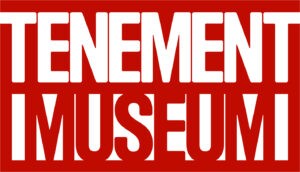The Barber Factory
“This is more than a business. Our customers are our community, our family. They feel comfortable when they hear us speaking Spanish.”
-NESTOR LEBRON, DOMINICAN REPUBLIC | THE BRONX
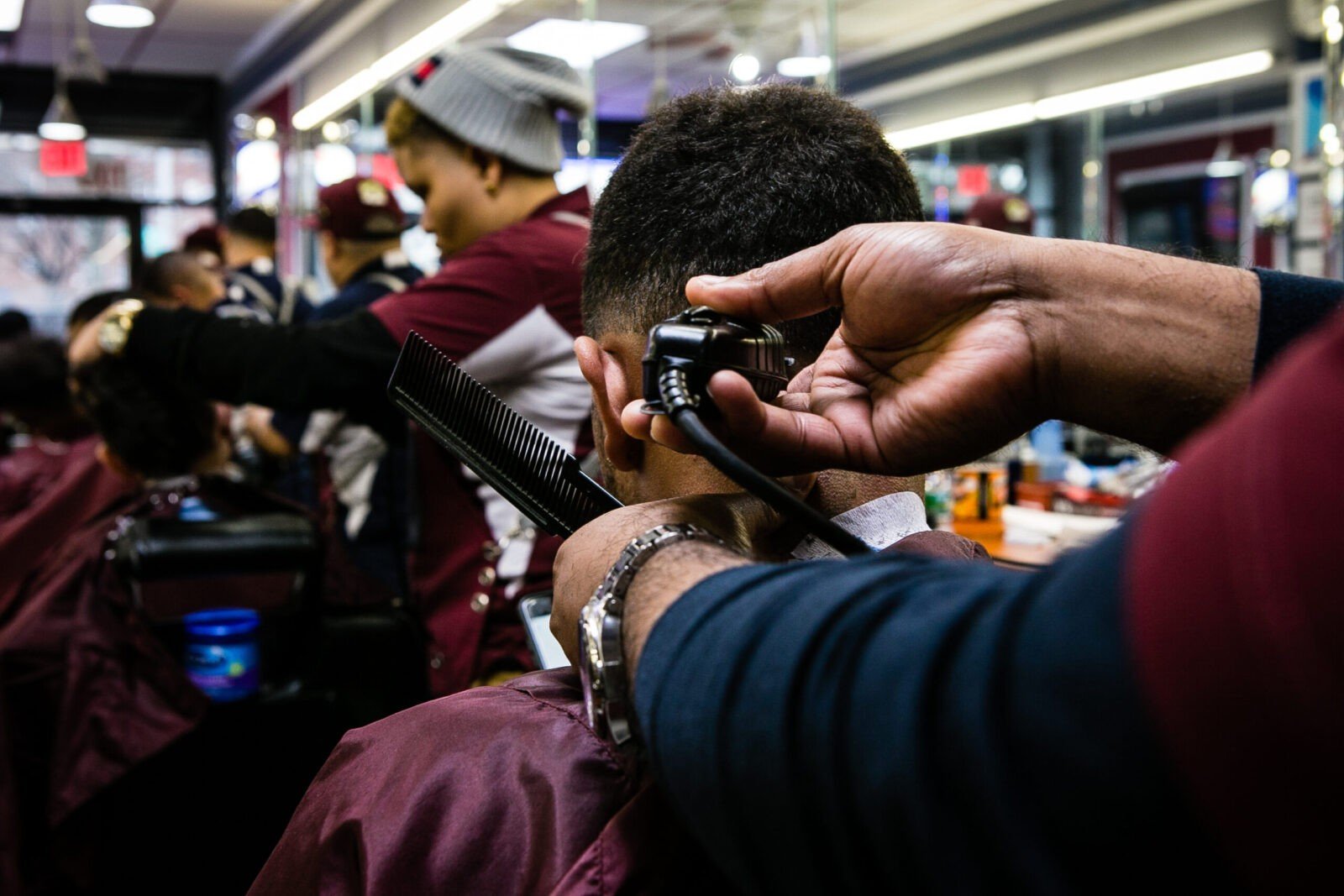
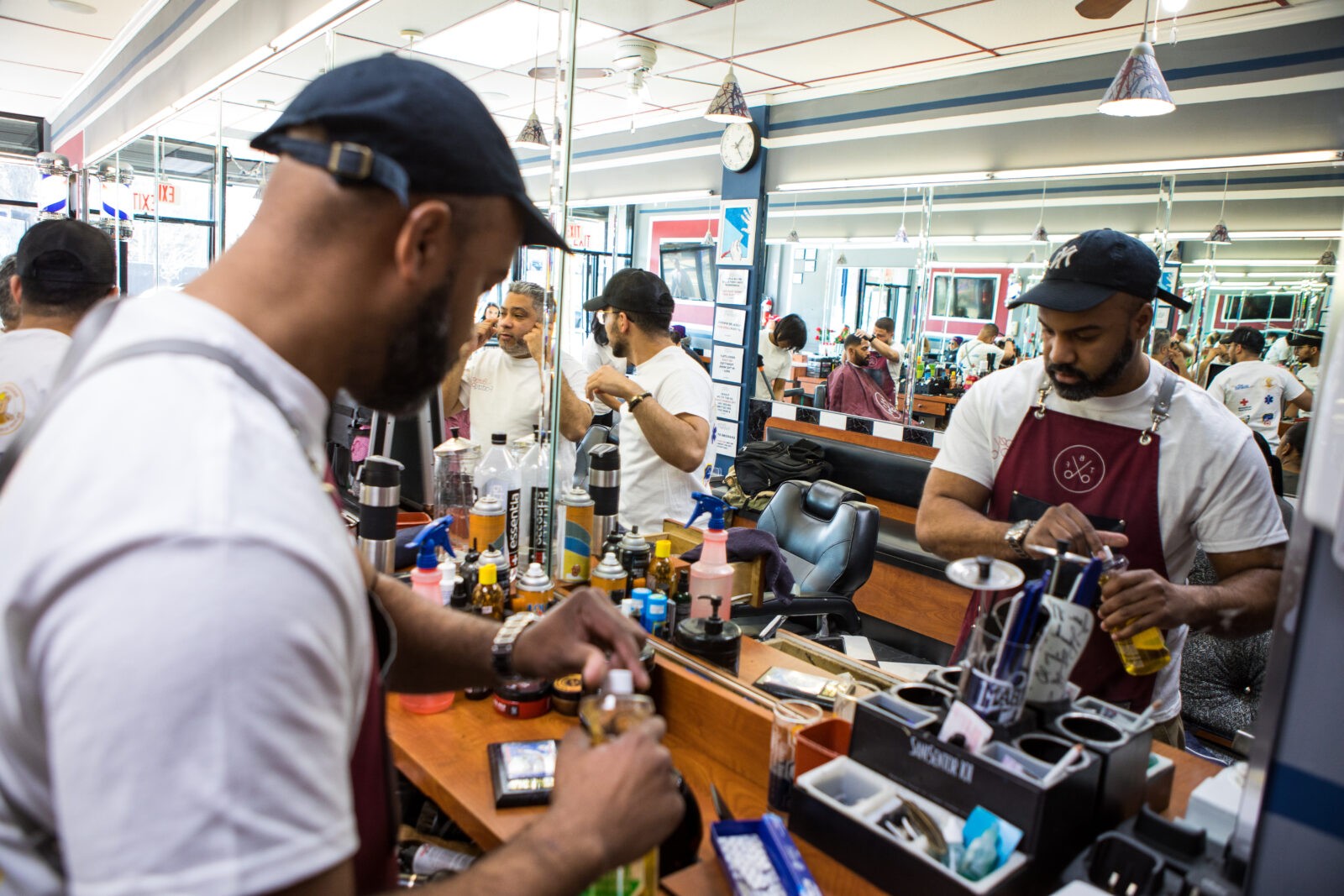
‘Service Oriented. Community Driven’ is printed on the front door of The Barber Factory. Inside is what you’d expect in a barbershop – guys ribbing each other, kids picking out their post-cut lollipop. But Nestor Lebron’s shop offers more than a trim and a shave. From hosting bake sale fundraisers to giving backpacks full of school supplies to local students in need, Nestor is committed to serving his community.
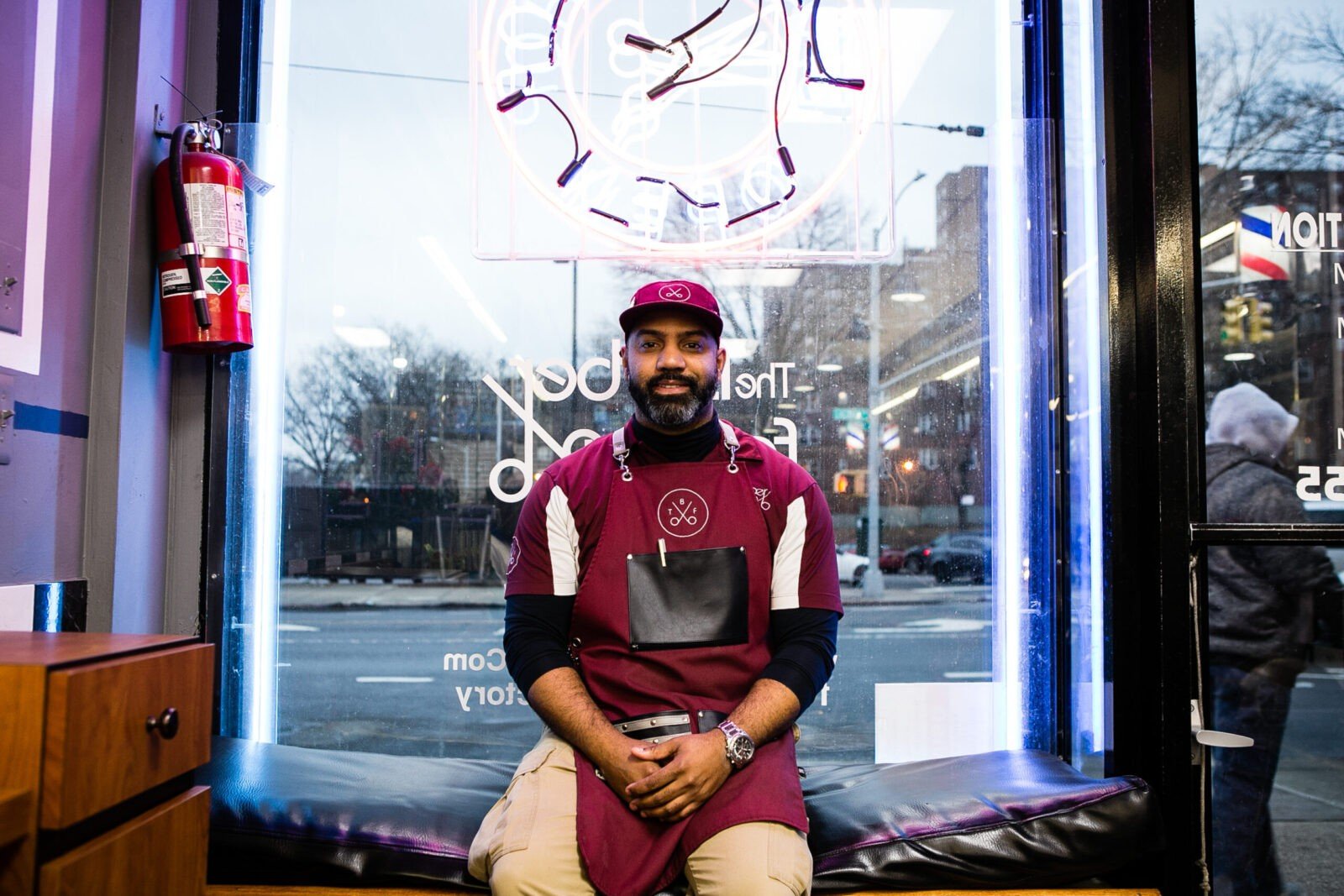
Like most barber shops and salons across the country, The Barber Factory was hit hard by the pandemic. During the months of quarantining, Nestor organized a network of other barbers citywide and helped them prepare for reopening by distributing face coverings, disposable customer aprons, and other materials.
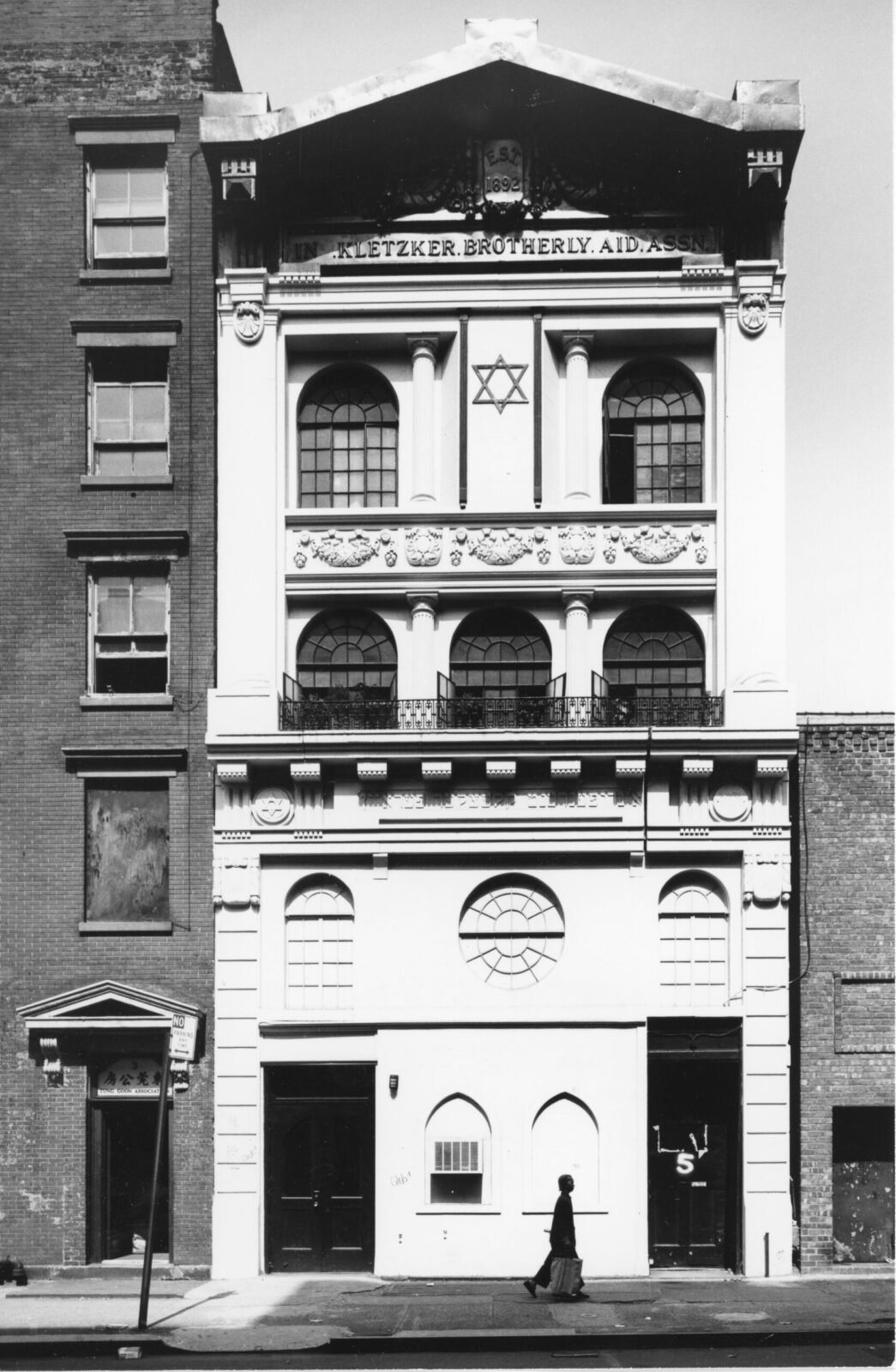
Independent Kletzker Brotherly Aid Association building, 5 Ludlow Street, Lower East Side. Photo by Edmund V. Gillon Jr., Tenement Museum collection
Often throughout history, like Nestor’s network of barbers, communities come together to care for each other. Mutual aid societies, like the Kletzer Brothers Aid Association, organized to help their communities with medical care, burial arrangements, unemployment, and social services. It was to one of these aid societies that Nathalie Gumpertz, a German immigrant and 97 Orchard Street resident, turned to for help after her husband abandoned her with four children during the Panic of 1873.
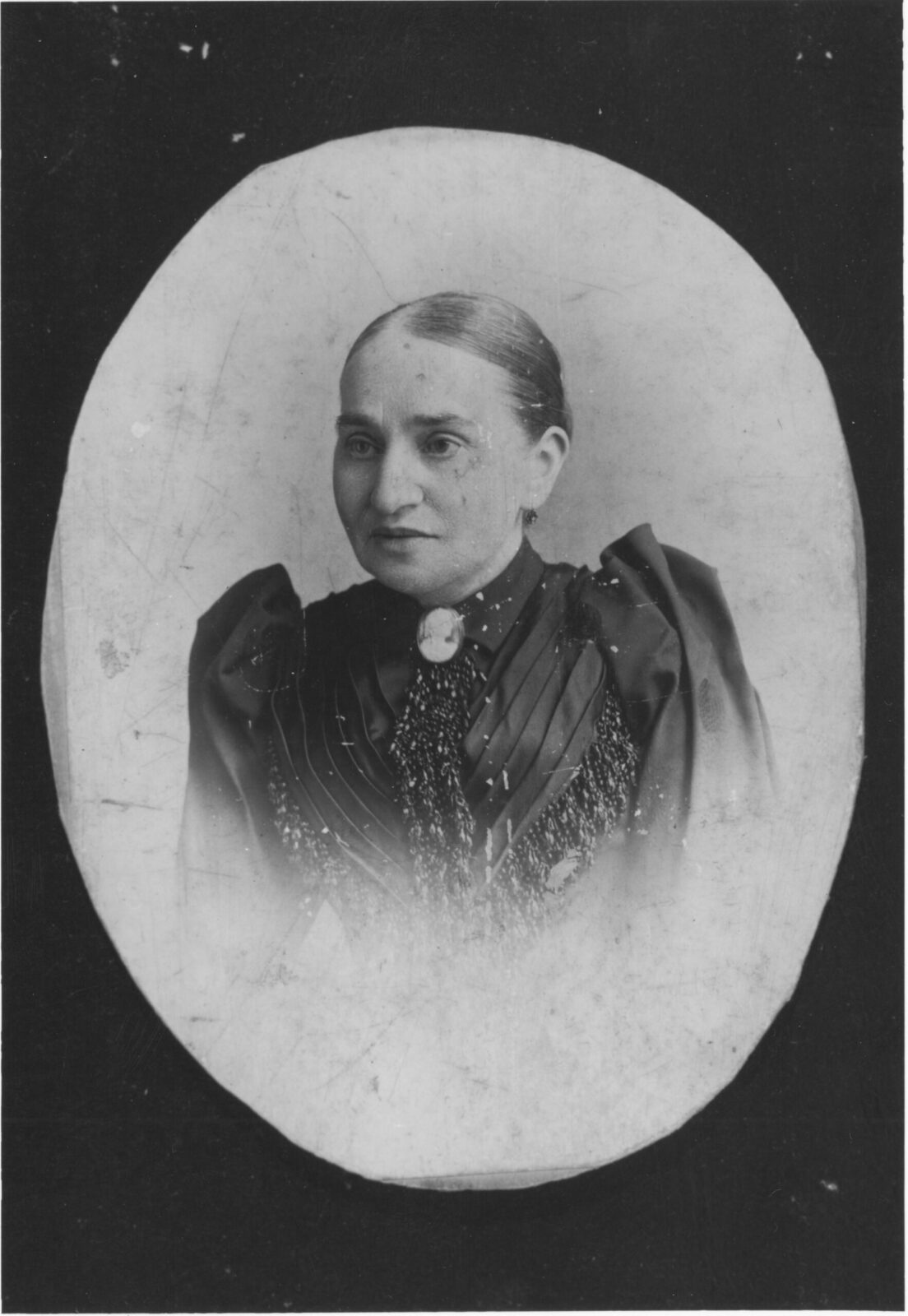
Portrait of Nathalie Gumpertz c. 1890. Tenement Museum collection
During the Great Depression, the Baldizzi family received aid from “Home Relief,” an early form of government assistance provided by New York State. However, what they received wasn’t entirely enough for the family of four to live on, so Rosaria Baldizzi, an undocumented immigrant from Italy, found work in the garment industry (seen below, second from the right) to supplement what assistance they received. Her daughter Josephine recalls her mother concealing her employment from their Home Relief case worker to keep their government assistance. To inform them would have meant losing what they were receiving, and the job itself wasn’t nearly enough to feed them all.
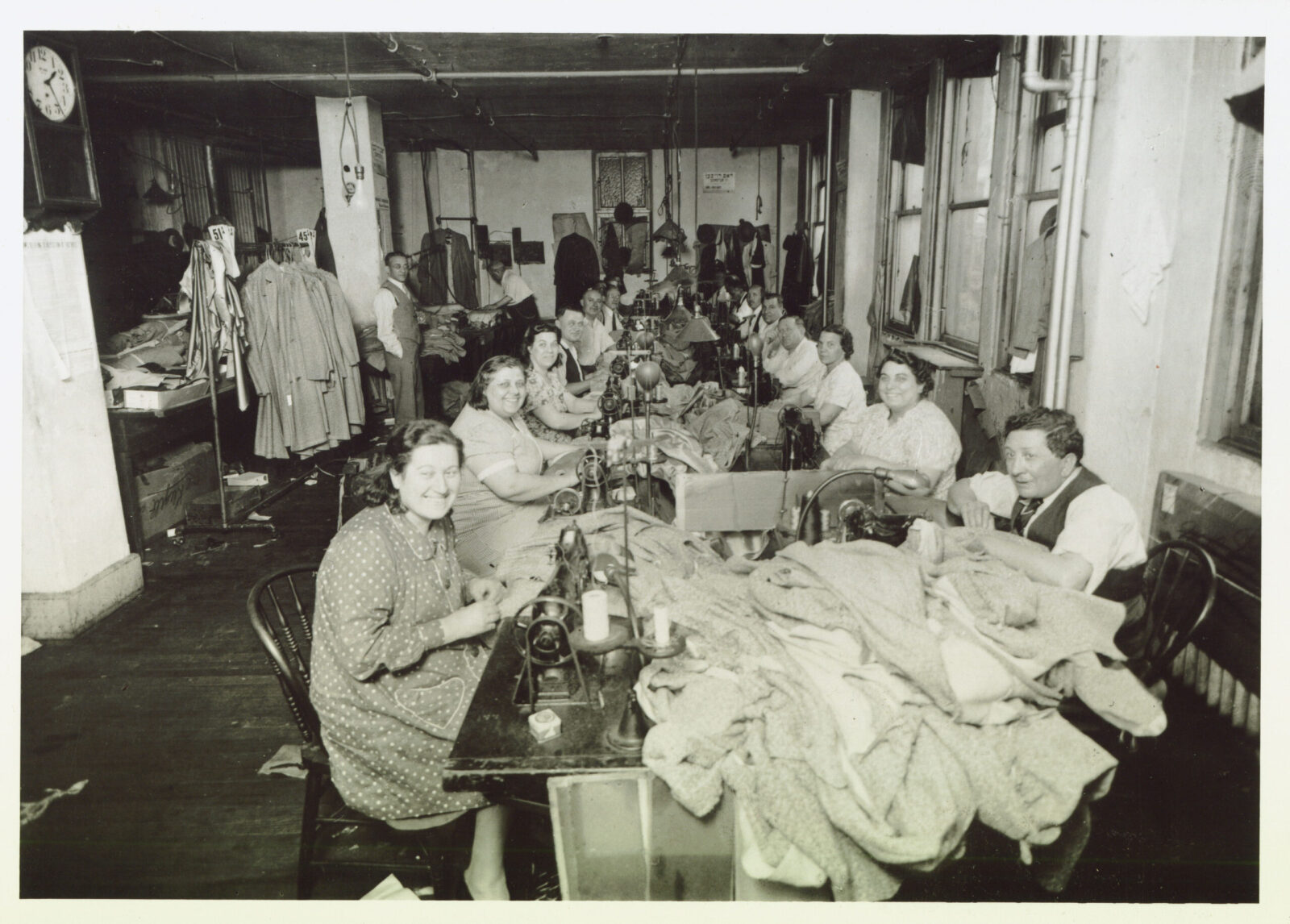
Rosaria Baldizzi (second on the right) in a Manhattan coat manufacturing shop, 1940s. Tenement Museum collection
